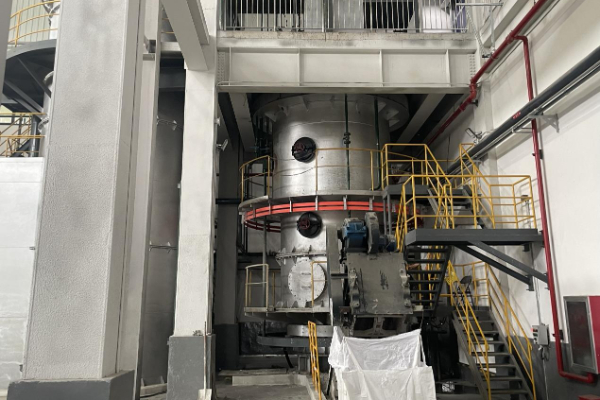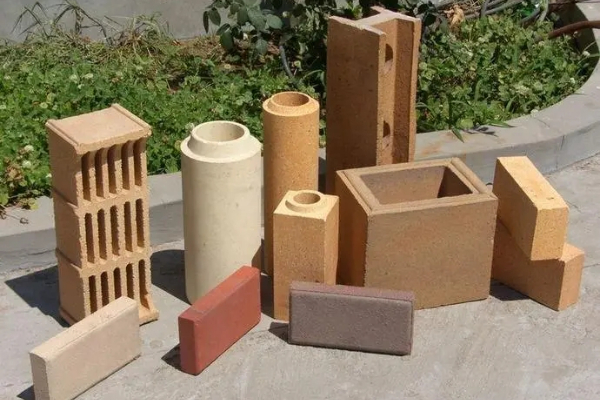В настоящий момент, есть более чем 200 Типы мусоросжигательных заводов отходов, используемых по всему миру. Существует много методов классификации в соответствии с различными методами классификации, но в общем, there are five main types of widely used and representative waste incinerator technologies, namely: intermittent incinerator technology, furnace incinerator technology, garbage pyrolysis gasification incinerator (CAO) technology, fluidized bed incinerator (including RDF incinerator) technology, and rotary kiln incinerator technology.

Рефрактерные материалы для мусоросжигательных заводов отходов
Refractory materials for incinerators are roughly divided into two categories: refractory brick products and amorphous refractory materials. Refractory bricks are mainly clay bricks, высокоглиноземистый кирпич, и кирпичи из карбида кремния. Amorphous refractory materials are mainly clay, high-alumina plastics, and clay and silicon carbide castables. Однако, in recent years, due to the excellent wear resistance of silicon carbide castables and phosphate-bonded high-alumina castables, their use is gradually increasing. When the incinerated garbage is a non-uniform mixture of different compositions, its type, quantity and heat content are also very different. По этой причине, the physical and chemical properties of the lining should adapt to the requirements of different stages during operation. The operating temperature of a garbage incinerator generally does not exceed 1200°C, but the gases generated during incineration (such as CI2, S02, CO and alkali metal vapor, и т. д.) are highly corrosive to refractory materials. В то же время, the garbage will cause greater wear and thermal shock to certain parts of the incinerator (such as the furnace bottom, propeller and side walls, и т. д.) during high-temperature movement, requiring the use of high-quality refractory linings, and the demand will continue to increase。
Characteristics of incinerator refractory materials

(1) High strength and good wear resistance to resist the wear of solid materials and the erosion of hot air flow;
(2) Good volume stability and acid resistance to resist the erosion of acidic substances in the furnace;
(3) Good thermal shock resistance to resist the damage to the material caused by changes in furnace temperature;
(4) Good resistance to CO erosion to avoid the collapse of the furnace lining caused by CO erosion:
(5) Хорошие строительные показатели (amorphous);
(6) Good heat resistance and thermal insulation. When selecting refractory materials, appropriate refractory materials should be selected according to the operating conditions of various forms of incinerators and the performance of various refractory materials.
 Группа Жуншэн
Группа Жуншэн

Вичат
Сканируйте QR-код с помощью WeChat